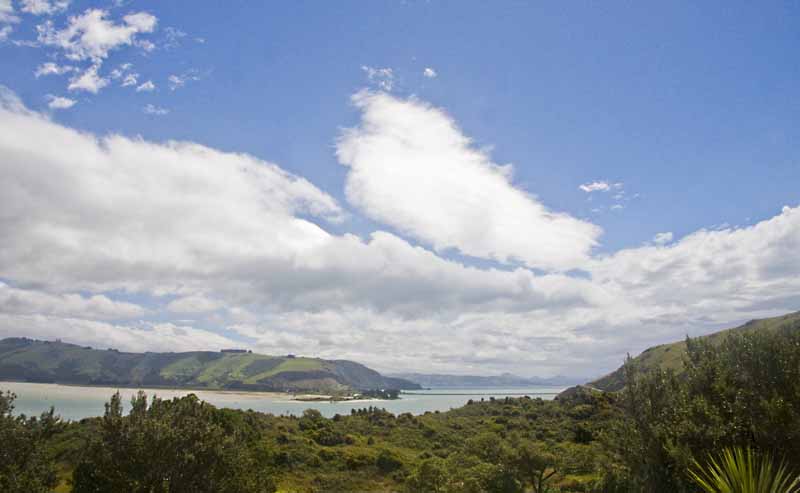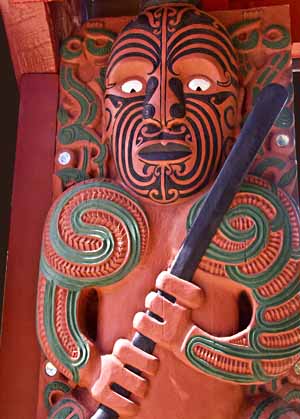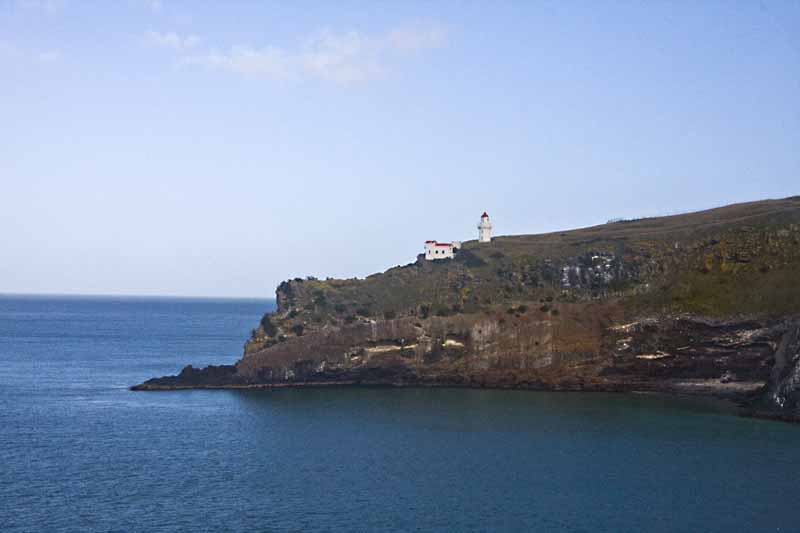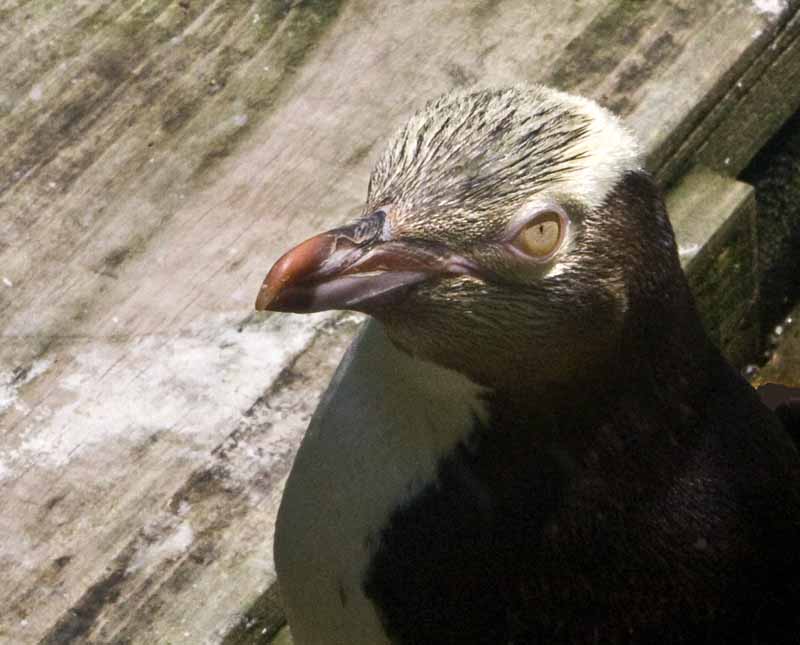A Trip to Australia and New Zealand
Dunedin - History Notes
It is currently thought by most scholars that the first humans settled in the area around Dunedin about nine hundred years ago. That date depends in large part upon archeology done at a Maori hunting camp site near Dunedin on the Otago Peninsula. The people that utilized that camp were almost certainly Moa hunters. (The Moa was a gigantic flightless bird that stood up to twelve feet tall and weighed up to 500 pounds. It died out about five hundred years ago.) Small permanent Maori settlements have been dated back to the fourteenth century and larger fortified settlements are believed to have existed as early as the middle of the seventeenth century. The Maori village of Otepoti existed in the center of what is now downtown Dunedin in the late eighteenth century, but was abandoned early in the nineteenth century shortly before Europeans settled in the area.

 The second European of written record to have visited the area was the English explorer, Lieutenant James Cook, on February 25, 1770. (The first was Abel Tasman a century earlier.) Lieutenant Cook's report of the visit included mention of penguins and seals and led directly to an influx of European seal hunters in the beginning of the nineteenth century. The so-called "Sealer War" dominated the period from 1810 to 1823, but few of the indigenous people or the European newcomers were actually killed in the series of small skirmishes and ambushes that characterized this "war." It was European introduced epidemics that played the most important role in significantly reducing the Maori population.
The second European of written record to have visited the area was the English explorer, Lieutenant James Cook, on February 25, 1770. (The first was Abel Tasman a century earlier.) Lieutenant Cook's report of the visit included mention of penguins and seals and led directly to an influx of European seal hunters in the beginning of the nineteenth century. The so-called "Sealer War" dominated the period from 1810 to 1823, but few of the indigenous people or the European newcomers were actually killed in the series of small skirmishes and ambushes that characterized this "war." It was European introduced epidemics that played the most important role in significantly reducing the Maori population.
A sealer by the name of William Tucker is thought to have been the first European to actually settle in the area. Tucker was followed by Joseph, George and Edward Weller who founded a whaling station in 1831. Maori-European relations during this period included a great deal of deceit, theft, violence, and not a little cannibalism. John Jones started a farm in the area in 1840 and that same year the Treaty of Waitangi, which sought to settle differences between Europeans and Maori, was signed in the Bay of Islands far to the north.
In 1848, the Free Church of Scotland formally founded a town and named it Dunedin (derived from Dùn Èideann - Celtic for Edinburgh). Captain William Cargill, a veteran of the Napoleonic wars, was the secular leader of the community and Reverend Thomas Burns, a nephew of the poet Robert Burns, was the principal leader of the church. They, together with their chief surveyor Charles Kettle, very consciously modeled the design and construction of their new settlement after Edinburgh. As a result, the layout of the streets and the appearance of the buildings in the oldest part of the city have a distinctly different feel from all of the others that we saw anywhere else in New Zealand.

In 1852 Dunedin was named capital of Otago Province and became the most important city on the South Island of New Zealand. In 1861 gold was discovered southwest of Dunedin and the subsequent international gold rush made Dunedin the most populous and ethnically diverse city in the entire country. The first light house was added to the Otago Peninsula at Taiaroa Head in 1864. The new wealth derived from gold led to the establishment of the University of Otago in 1869 and the construction of a rail link with Christ Church and other communities in the rest of the South Island. In the 1880s a frozen meat packing industry evolved and Port Chalmers was built to provide shipping facilities. A modern railroad station was built in Dunedin in 1906. In subsequent years the economy of the region continued to grow, but not as rapidly as other parts of the country. Today it is regarded to be the fourth or fifth most important city in New Zealand. During our visit we were told that dairy is replacing sheep as the principal agricultural endeavor in the area.

Dunedin is an important center for eco-tourism and the Otago Peninsula is home to a very diverse assortment of exotic wildlife including Yellow-eyed Penguins, Little Blue Penguins, a variety of cormorants (aka shags) and the Royal Albatross colony at Taiaroa Head. Off shore the whale population appears to be increasing with Humpback, Blue, Minke, Orca, and Sperm Whales having been sighted recently. In addition, there are New Zealand Fur Seals, Leopard Seals, Elephant Seals and Hooker's Sea Lions in the area as well as several different species of dolphin. The cold up-welling of the ocean currents makes for a very rich food source that supports a fabulous collection of strange marine flora and fauna.
